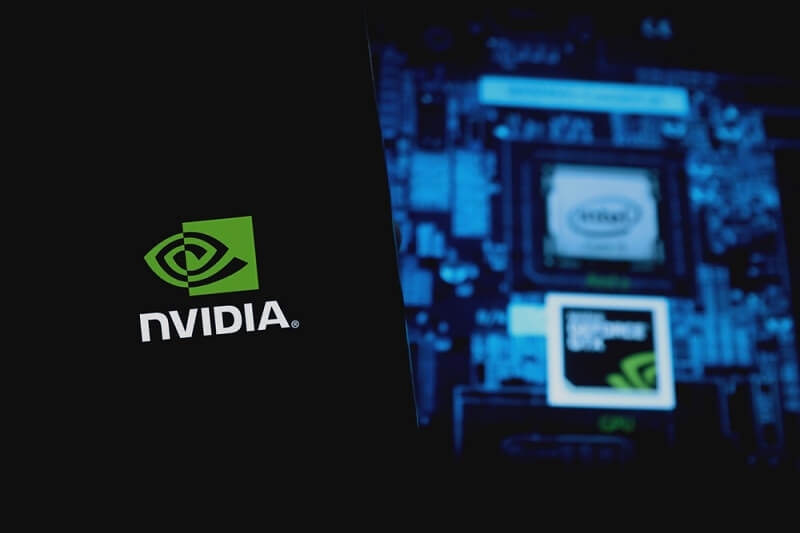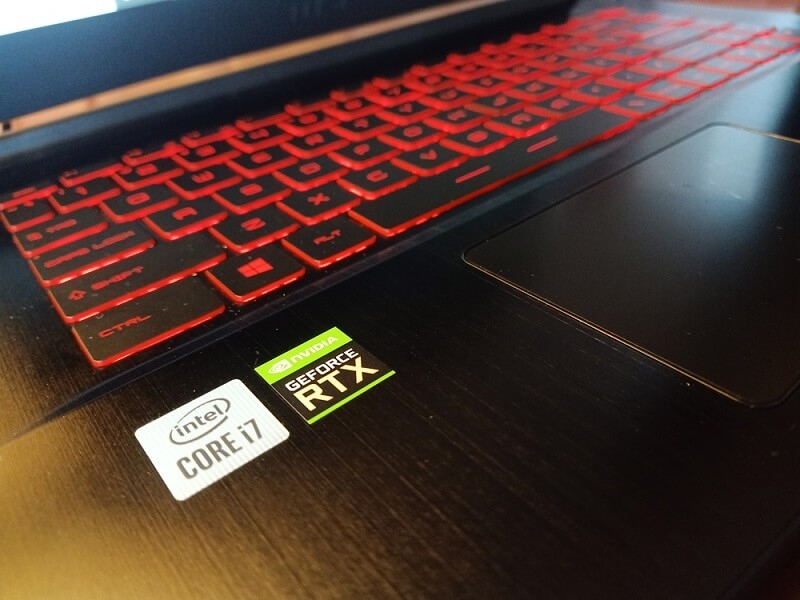
Getting the best graphics card today is no longer just an upgrade for your PC but a way of unleashing your gaming and creative performance potential. From serious gamers to professional content creators and 3D designers, finding the right GPU could seriously affect their workflow. With the variety of choices between NVIDIA vs. AMD and now evolving graphics benchmarks, and the potentially staggering task of finding it can be overwhelming. In this guide, we'll help you navigate the best graphics cards to buy in 2025, including the best graphics card you can buy for ultimate gaming performance and the best graphics card you can buy for video editing.
Before you go ahead and buy, it is important to appreciate the ramifications of your prioritization and purchase of the best graphics card. The best graphics card is not just about raw speed or fancy RGB lighting, but about achieving a balance of power, memory, thermals, and value.
Today, the bar market is no longer simply comparing the GPU offerings of brands like NVIDIA and AMD; each has its own distinct strengths. For example, NVIDIA concentrates on high-end ray tracing and AI-related enhancements, while AMD has better price-to-performance ratios and is a strong competitor at rasterization.
Whether you intend to build a gaming PC or workstation, the most important understanding will be how they benchmark in that performance category for graphics performance.
Benchmarks reflect gaming performance, 3D rendering speed, and efficiency in video editing cards, which help in making data-backed decisions.
The NVIDIA vs AMD rivalry is legendary as far as GPU comparisons go. Both companies have gone above and beyond to challenge technology to create cutting-edge experiences for both gamers and creators.
NVIDIA is still firmly at the top of the game with the RTX 4000 series, especially with the RTX 4080 Super and RTX 4090. It just elevates the bar when it comes to graphics benchmarks. It's really all about ray tracing, DLSS, AI acceleration, etc. These are among the best graphics cards available for 4K gaming and for professional creative applications.
When it comes to video editing cards, it is a given that NVIDIA is the card of choice when it comes to applications like Adobe Premiere Pro or DaVinci Resolve, as they are just optimized for using CUDA cores, which makes it very fast.
AMD's Radeon RX 7900 XTX and RX 7800 XT strike a near-perfect balance of performance and cost. An RDNA 3 architecture excels in raw rasterization and competitive frame rates, particularly at both 1440p and 4K gaming. In practice, AMD GPUs usually match higher-priced NVIDIA rivals in most graphics benchmarks.
For content creators on a budget, AMD cards also perform well in video editing and support most GPU acceleration features in major editing applications.

The best GPUs combine high FPS, minimal latency, and advanced rendering technologies when it comes to gaming performance.
For gamers, 2025 holds the following in store:
If money isn't an issue, the RTX 4090 is hands down the best graphics card for gaming, period. With unmatched benchmarks in graphics, it cruises through 4K gaming with even some 8K action, thanks to DLSS 3 and Frame Generation keeping things running smoothly in demanding titles such as Cyberpunk 2077.
The RX 7900 XTX is a powerhouse from AMD that delivers RTX 4090 level gaming, and it does so at a much better price point. This is one of the best options in the current top-tier line-up for gamers wanting solid efficiency and good visuals.
Those balancing cost and performance should look to the RTX 4070 Super. It features ray tracing, AI enhancements, and does very well in all graphical benchmarks using 1440p gaming.
Not all GPUs are made equal for content creators; the best for gaming may not be the best for editing. You need powerful video editing cards optimized for rendering and timeline playback.
The RTX 4080 Super is known for exceptionally fast CUDA and Tensor core performance, totally dominating in video editing applications. This reduces the rendering time significantly and offers incredible efficiency in graphical benchmarks regarding content creation.
For those relying on open-source software or balanced performance, AMD's RX 7800 XT is a great value for editors. With its ability to handle 4K editing and multi-track timelines with ease, it's truly one of the best budget video editing cards for professionals.
Although still evolving, Intel's new Arc lineup is starting to show potential in GPU-accelerated tasks. Backed by competitive graphics benchmarks, it is now a reliable option for hybrid workloads.
No comparison of GPUs would be complete without a look at the graphics benchmarks, for they quantify gaming performance and creative power in several applications.
These synthetic tests give a general view of how each GPU will handle demanding 3D environments. The NVIDIA RTX 4090 often scores 20-25% higher in ray-traced workloads than AMD's RX 7900 XTX.
In the cases of Call of Duty: Warzone, Cyberpunk 2077, and Baldur's Gate 3, NVIDIA cards mostly dominate the FPS chart, with AMD putting up a good fight when things are not ray-traced.
When tested in Adobe Premiere Pro and DaVinci Resolve, NVIDIA's GPUs offer superior render times thanks to CUDA optimization. But AMD's OpenCL performance is catching up fast, especially with new driver updates.
The best graphics card isn't just about high frame rates; it's also about efficiency. Power consumption and cooling solutions will determine long-term stability and noise levels.
If you are building a custom system, be sure to provision for your GPU's thermal requirements with your choice of power supply and airflow to maximize game performance.
The next best-in-class playback will largely be focused on accelerating AI, better ray tracing, and better performance per watt.NVIDIA's next-gen RTX 5000 series and AMD's RDNA 4 architecture will deliver even higher standards for graphics performance to support ultra-high-resolution gaming and real-time rendering.
Future generation GPUs for creatives will optimize video editing cards with the ability to harness AI for upscaling, motion tracking, and real-time 8K workflows.
These are the main features to consider before investing in your next graphics card:
The best graphics card you can get in your price range will be the one that meets your use case and performance expectations.
The debate between NVIDIA and AMD facilitates a world we often see, which is the comparison of GPUs. NVIDIA leads in innovation (especially for AI tools and DLSS), but AMD is still holding its own in value and efficiency.
Still, for hard-core gamers and editors who want the absolute highest frame rates for gaming and the smoothest 4K video rendering, NVIDIA holds a slight edge. This time around, though, the gap isn't as huge as before, with AMD's most recent models providing great value, along with competitive graphics performance in many workloads.
The best graphics card in 2025 heavily relies on your list of prior main factors: raw power, raw price, or productivity. If you want pure power or the best gaming experience, it will be the NVIDIA RTX 4090 or the 4080 Super. If you need to be more price-conscious but still need some power or efficiency, the AMD RX 7900 XTX is at least on par with both price and specifications with the competition. If you want a graphics card for videos, you will want confidence in NVIDIA's CUDA-powered GPUs that have allowed them to dominate the marketplace, but AMD is progressing. Ultimately, the best graphics card is the combination of weight, performance, and cost that will allow you to view stunning graphics while remaining efficient in your gaming, editing, and introducing a new design process for the future.
This content was created by AI